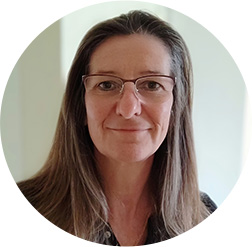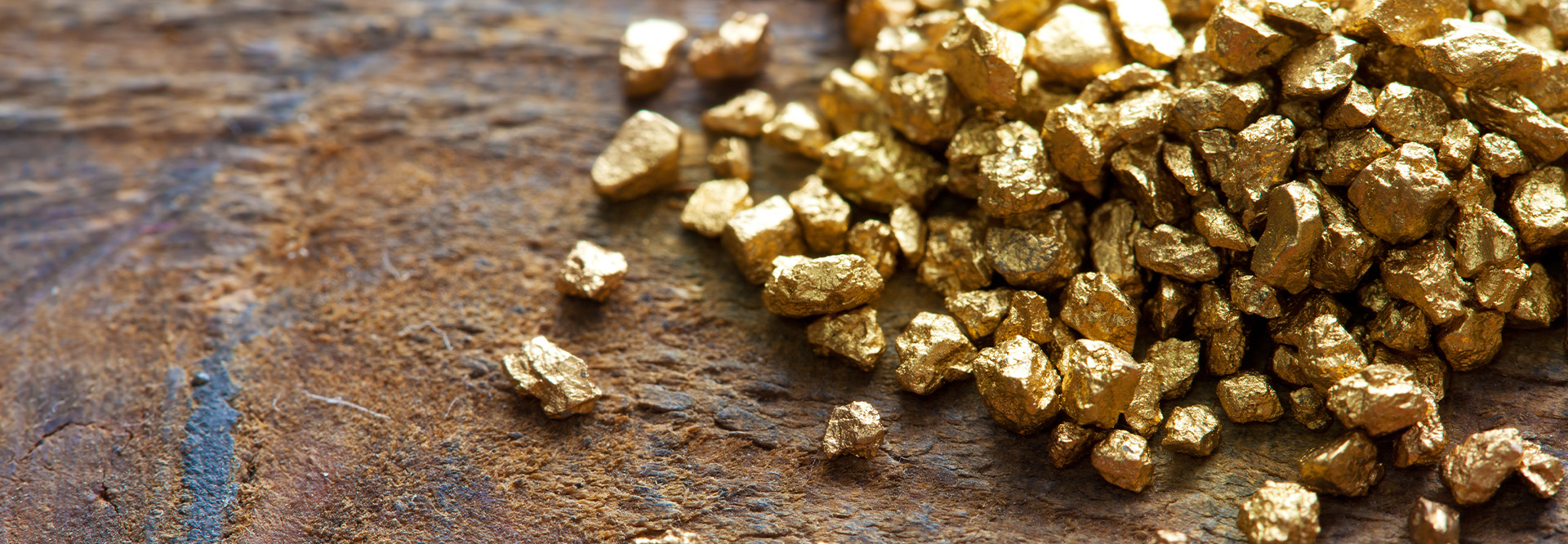Responsible mineral sourcing
We use a holistic approach to identify, manage, and monitor responsible mineral sourcing.
RMI
member since 2011
600+
customer requests on mineral sourcing
100%
of products are conflict-mineral free
A diverse range of minerals and metals are needed to manufacture semiconductors. Sourcing these components is complex and requires robust processes to manage the risks. The multitier nature of the supply chain adds further difficulties, as does its global scale, which may include areas affected by conflict.
At ST, we have developed a holistic approach to identify, manage, and monitor responsible mineral sourcing. We are closely engaged with our suppliers and conduct due diligence in our sub-tier supply chain. We acknowledge the critical role of minerals in the green transition. It is therefore our priority to ensure we do not procure raw materials that have a negative impact on people, and we actively seek solutions to limit our impact on the environment. Further details of our approach to this topic can be found on our dedicated webpage at www.st.com.
Our policy statement is fully aligned with OECD due diligence guidelines. It is available at www.st.com. 3-3
Conflict-free minerals
Acting on 3TGs
Tantalum, tin, tungsten, and gold, collectively known as the 3TGs, are used in electronic components such as semiconductors. They are also potential ‘conflict minerals’. This refers to minerals (and the associated refined metals) that are mined, traded, controlled, supported, or financed by illegal armed groups, causing serious human rights violations and environmental damage in conflict-affected and high-risk areas (CAHRAs).
As part of our strategy to address this risk, we joined the Responsible Minerals Initiative (RMI) in 2011 and started to implement a conflict minerals process focused on the Democratic Republic of Congo (DRC) and neighboring countries. In 2012, we released our first Conflict Minerals Reporting Template (CMRT). By implementing new processes and reporting templates within our supply chain, we achieved 100% compliance with the Responsible Minerals Assurance Process (RMAP). From 2017 to 2020 and again in 2022 and 2023, all our products were conflict-mineral free.
|
2019 |
2020 |
2021 |
2022 |
2023 |
||
|---|---|---|---|---|---|---|---|
Number of suppliers and subcontractors associated with at least one 3TG metal |
124 |
124 |
137 |
154 |
141 |
||
3TG suppliers and subcontractors that have completed the RBA-RMI(1) due diligence survey (%) |
100% |
100% |
100% |
100% |
100% |
||
Number of smelters identified in ST’s raw materials supply chain |
167 |
168 |
163 |
222 |
205 |
||
Number of smelters identified in ST subcontractors’ supply chain |
253 |
238 |
183 |
217 |
209 |
||
Total number of smelters identified in ST supply chains |
253 |
239 |
189 |
229 |
210 |
||
|
|||||||

Karine Maurinaux
Responsible Minerals Sourcing, Product Quality and Reliability
I’m proud to have been involved in our conflict minerals program since it began 12 years ago. We have made significant progress thanks to the engagement of the whole responsible mineral community. Our successful reassessment in the RMI Downstream Assessment Program is a testament to this dedication. It is our goal to set an example and inspire further progress throughout our supply chain.
Extending to cobalt
In 2016, we extended our efforts to monitor cobalt, another potential conflict mineral found in our products and technologies. Two years later, cobalt became part of our standard process, and we published our first Cobalt Reporting Template (CRT), issued by the RMI. At the end of 2021, we started using the Extended Minerals Reporting Template (EMRT), which is a combination of the CRT and Mica Reporting Template (MRT).
Our 2023 EMRT demonstrates significant progress, 82% of the smelters in our supply chain are now RMAP compliant, compared to 60% in 2022.
As a member of the RMI, we benefit from access to valuable resources and data to monitor our impacts and progress, and ensure we comply with new or evolving regulations. We contribute to RMI working groups and plan to address further unregulated minerals in the future.
Risk assessment and mitigation
We require our suppliers to use minerals originating from smelters that conform to the RMAP standard. Each new supplier is screened, and every new raw material is systematically pre-assessed to determine whether it falls within the scope of our responsible minerals sourcing program.
We are committed to removing all non-compliant smelters from our supply chain. Every year, suppliers complete a questionnaire on our requirements, enabling us to evaluate their maturity and their willingness to commit to due diligence. Additionally, suppliers are required to provide us with their updated CMRT. In case of changes in the supply chain, suppliers are expected to notify us within two weeks and provide a compliant reporting template within 90 days.
We ensure we remain vigilant by sharing any risks we identify with ST management every quarter.
We encourage any stakeholders concerned about non-compliance or risk of non-compliance to raise a grievance either on our independent multilingual ethics hotline, accessible on our website (see www.st.com), or through the RMI grievance portal.
2023 overview
As part of our ongoing due diligence efforts, in 2023 we declared 210 smelters from 141 suppliers and subcontractors in our 3TGs supply chain. At the end of the year, 100% of these smelters were validated as RMAP compliant, the same as 2022. During the year, we removed 26 smelters from our supply chain and introduced seven new smelters.
External environment
In 2023, the global geopolitical environment remained challenging. Despite this, we managed to complete our annual supplier questionnaire in four months, compared to five months the previous year. This was achieved through better collaboration with suppliers, a proactive approach to previously identified issues, and a drive for greater transparency from all involved parties.
We continue to face challenges related to supplier CMRT publication. These setbacks are difficult to anticipate and cause delays in our own reporting process. We continue to take into consideration external conflicts and new laws to ensure we remain compliant with all relevant regulations.
Internal processes
The CMRT is an essential tool for us to share our supply chain evolution with our customers. In 2023, we released five CMRT updates.
600+
requests on responsible mineral sourcing
In recent years we have had a steady increase in customer requests on responsible mineral sourcing, reaching more than 600. In view of this heightened demand, we implemented a new communication process to make relevant information and updates more accessible. Updates to the CMRT are now automatically communicated to customers who have already raised a request. A total of 165 customers benefited from this new process in 2023.
In 2023, a supply chain mapping committee was established within ST as part of our responsible sourcing program. The committee considers conflict minerals among other materials (see Responsible supply chain). We also worked towards further digitalization of our processes. This included a review of our global process data management, which will allow for greater accuracy in the future and reduce CMRT cycle time going forward.
We have worked to increase internal knowledge and awareness of responsible minerals through cross-functional collaboration, training, and communication. In 2023, we hosted our first ever supplier and material quality day. This was a collaborative event which brought together experts from diverse departments within ST to raise awareness of minerals and metals.
EU regulation
In 2021, the EU Conflict Minerals Regulation (EU Regulation 2017/821) came into force. We decided to voluntarily engage in the RMI Downstream Assessment Program (DAP). This provides validation for customer requirements across mineral and metal value chains and meets the requirements of the EU regulation. In 2022, ST was confirmed as fully compliant – the first semiconductor company to pass this audit.
As an early adopter of the program, we were among the first companies to be reassessed and pass the audit in 2023. This process gave us the opportunity to monitor the evolution of our responsible minerals sourcing program and reevaluate internal procedures and practices. This included:
- ensuring alignment with OECD due diligence guidance for responsible supply chains of minerals from CAHRAs
- defining risks and formalized response strategies
- communicating ST and RMI grievance processes internally, on our portal and in supplier communications
- reinforcing internal and external stakeholder training using RMI materials
- implementing formal reporting to ST management
We also published a combined conflict mineral report in accordance with the US Security and Exchange Commission (SEC) and EU reporting framework, available at www.st.com.
Contributing to the SDGs
Our commitments and programs described above contribute to UN Sustainable Development Goals (SDGs):
SDG target 8.7 – Take immediate and effective measures to eradicate forced labor, end modern slavery and human trafficking, and secure the prohibition and elimination of the worst forms of child labor.
SDG target 8.8 – Protect labor rights and promote safe and secure working environments for all workers.
SDG target 17.16 – Enhance the global partnership for sustainable development, complemented by multistakeholder partnerships that mobilize and share knowledge, expertise, technology and financial resources, to support the achievement of the sustainable development goals in all countries, in particular developing countries.
2025 sustainability goal |
Status |
Comments |
SG19: Follow highest standards for 100% of the materials we use: Hazardous Substances Process Management (IECQ080000) and responsible sourcing initiatives, such as RMI. |
HSPM: 97% |


